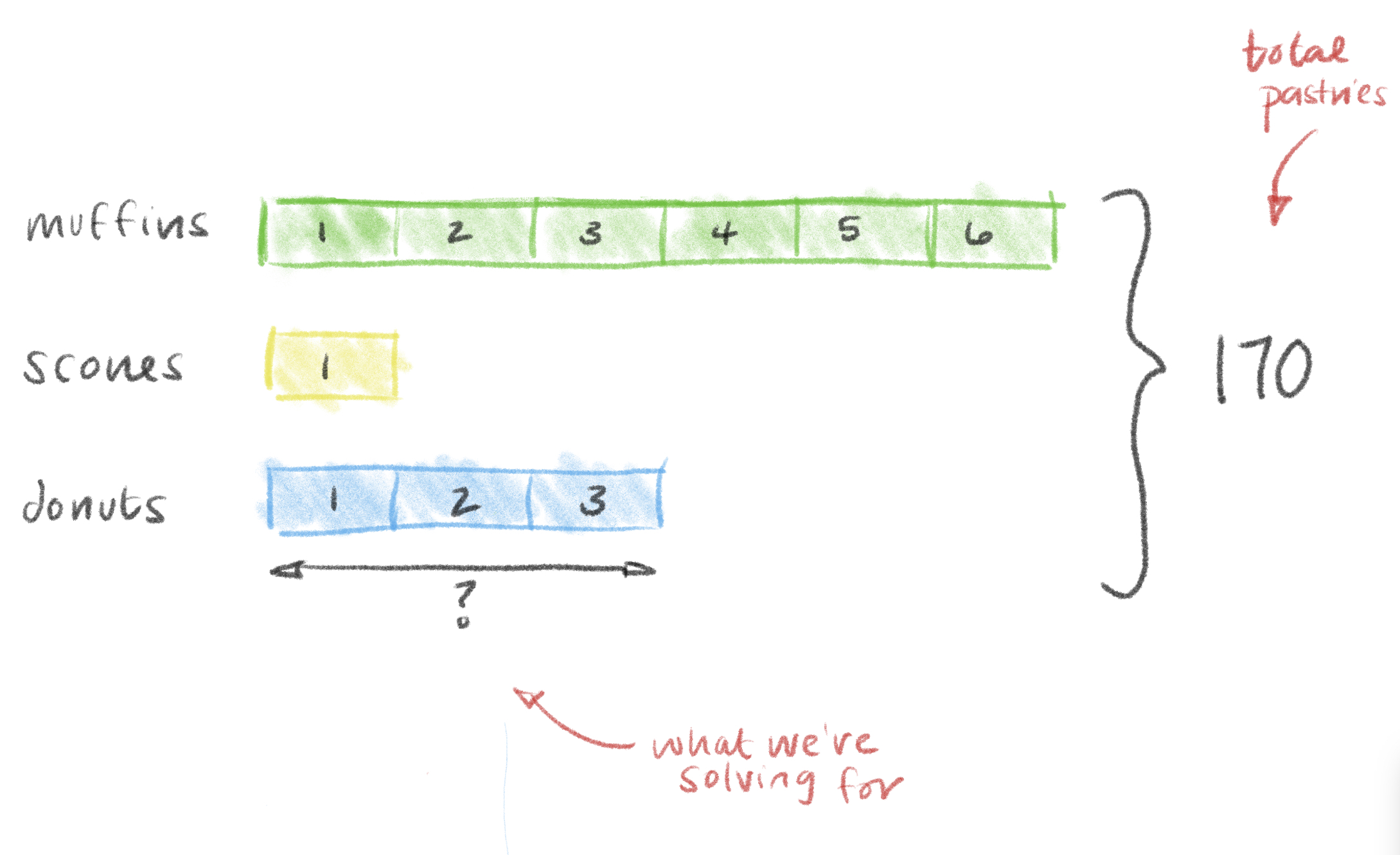To help teachers and parents understand Singapore math, I’ve been writing about how although it can seem difficult at first, it’s actually a common-sense approach to mathematics that really gets results. Before you read this post, take a look at an introduction to Singapore math here.
One of the most recognizable parts of Singapore math is bar modeling, an approach to solving complex problems using pictures. Singapore math makes sense to students because it always begins with concrete objects, then moves to pictorial representations, and only then uses symbols.
We’ve all had the experience of looking at a complicated word problem and not being sure where to begin. In the early days of working in a classical school, I spoke to so many students who were overwhelmed by word problems because they had been trying to understand them all at once. With bar modeling, students learn how to break down word problems into their parts, and understand them visually. With bar modeling, complex things suddenly become simple and and math anxiety seems to vanish.
Let’s look at an example. First we’ll solve it using regular algebra, and then we’ll use bar modeling to see how much easier it can be.
Here’s a 5th grade math problem.
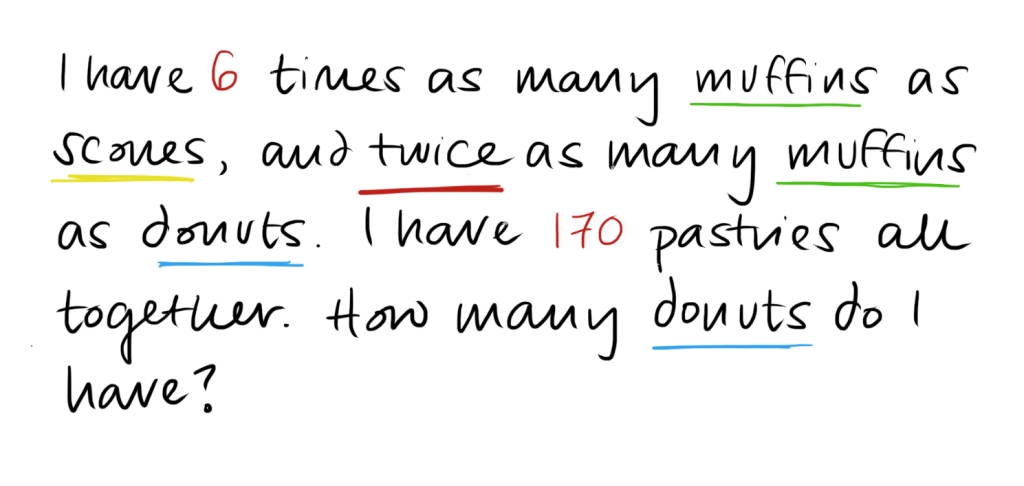
Unless you regularly come across ratio problems in your daily life, or have recently taken an algebra course recently, this problem is probably a little daunting. A high school algebra student might know what to do, but in Singapore math, a 5th grader can solve it with ease. Let’s do the high school algebra approach first, and then use bar modeling.
The Algebra Method
Here’s the problem again.

We’ll begin by defining the relationships between each of the pastries.

We want to have all of the variables in terms of d because we are looking for the number of donuts.
Now, let’s solve it using algebra.
Since m=6s and m=2d, we can use the transitive property to see that 6s=2d. Therefore,
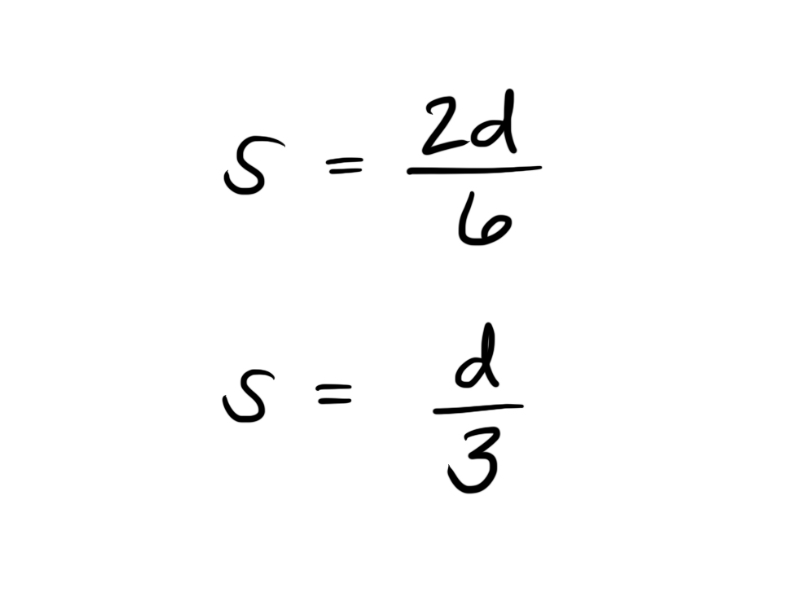
Now we simply have to substitute 2d for m and d/3 for s into the equation that included all of our variables (m+s+d=170), and then solve for d.
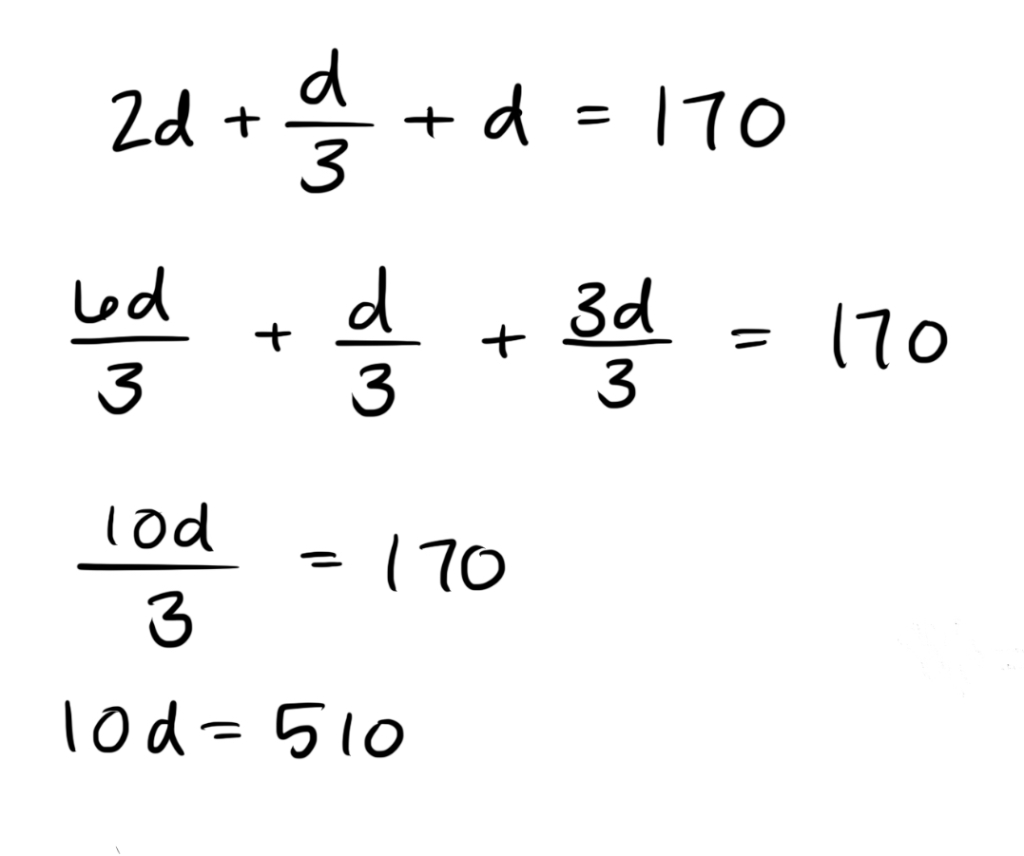
Now we can simply divide, and solve. Here’s our answer:
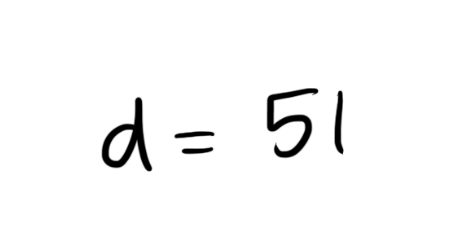
Pretty complicated, right? Now let’s tackle this same problem using bar modeling, the same way a 5th grader would do it in Singapore math.
The Bar Modeling Method
First, we read through the entire problem to get an overall sense of what we are looking for. Then, we re-read the problem more slowly, stopping when we can represent a quantity or relationship between quantities with a picture. Read, then stop, then draw. Then keep reading.
Here’s our problem again.

We’ll read it piece by piece, drawing each essential piece of information.
“I have 6 times as many muffins as scones”
We’ll use bars to draw the relationship between muffins and scones.

“and twice as many muffins as donuts.”
We’ll add some bars of the right length to show the relationship of donuts to muffins.

“I have 170 pastries altogether.”
We’ll use a bracket to show the total number.
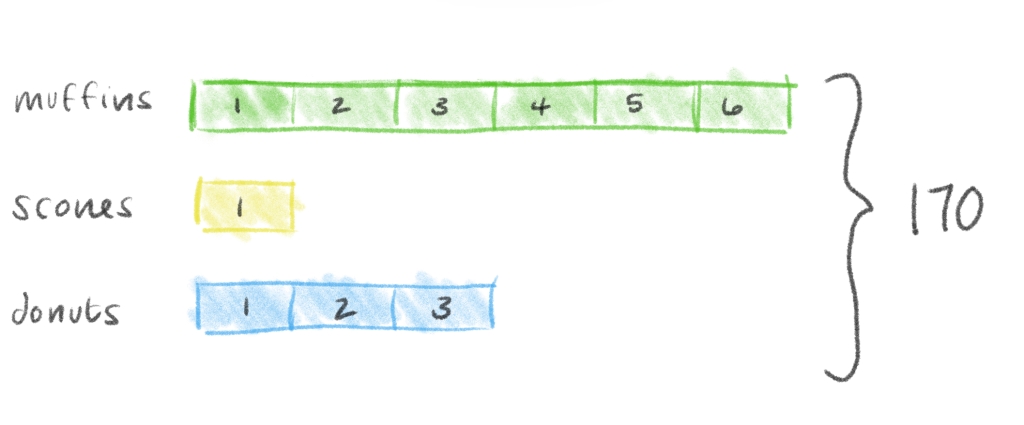
“How many donuts do I have?”
And we’ll add a question mark next to the information the problem is asking us to find.
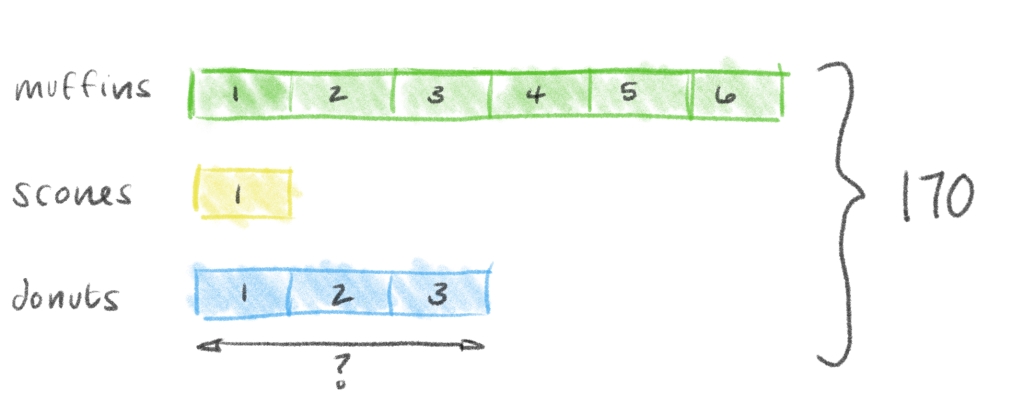
At this point, we have created a picture that captures the information in the entire word problem. One of the beautiful things about bar modeling is that we can now just think in pictures, rather than words. It’s one step less abstract, which is always helpful in math.
Now we solve.
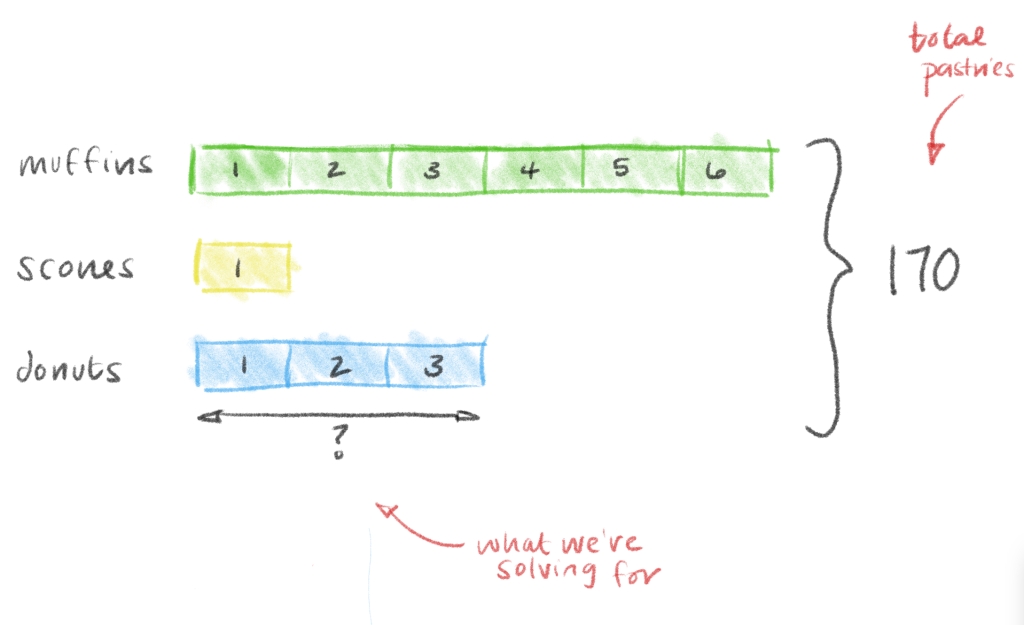
Let’s look at what we’ve got. We’ve drawn a total of 10 equally sized bars up there, and our bracket shows us that all of those together equal 170 pastries.
Therefore, 1 bar represents 17 pastries.
Let’s look at the blue bars, which symbolize the donuts, the number we’re looking for.

Since the number of donuts is represented by 3 bars, we know that there are 51 donuts, because 17 times 3 is 51.
There we go. 51 donuts.

Done!
As you can see from this example, the bar modeling makes this problem more approachable by breaking it into manageable parts and giving a place to start. Just as with this example, bar modeling can be used almost universally on problems beginning in 2ndgrade through algebra. While this is true, it is important to remember that the primary reason for bar modeling is to help transition to the abstract.
The process for working through this problem is nearly the same for both the bar model and the algebra, so by adding the pictorial element of the bar model, the move to the abstract nature of the algebra is much clearer and continuous.

